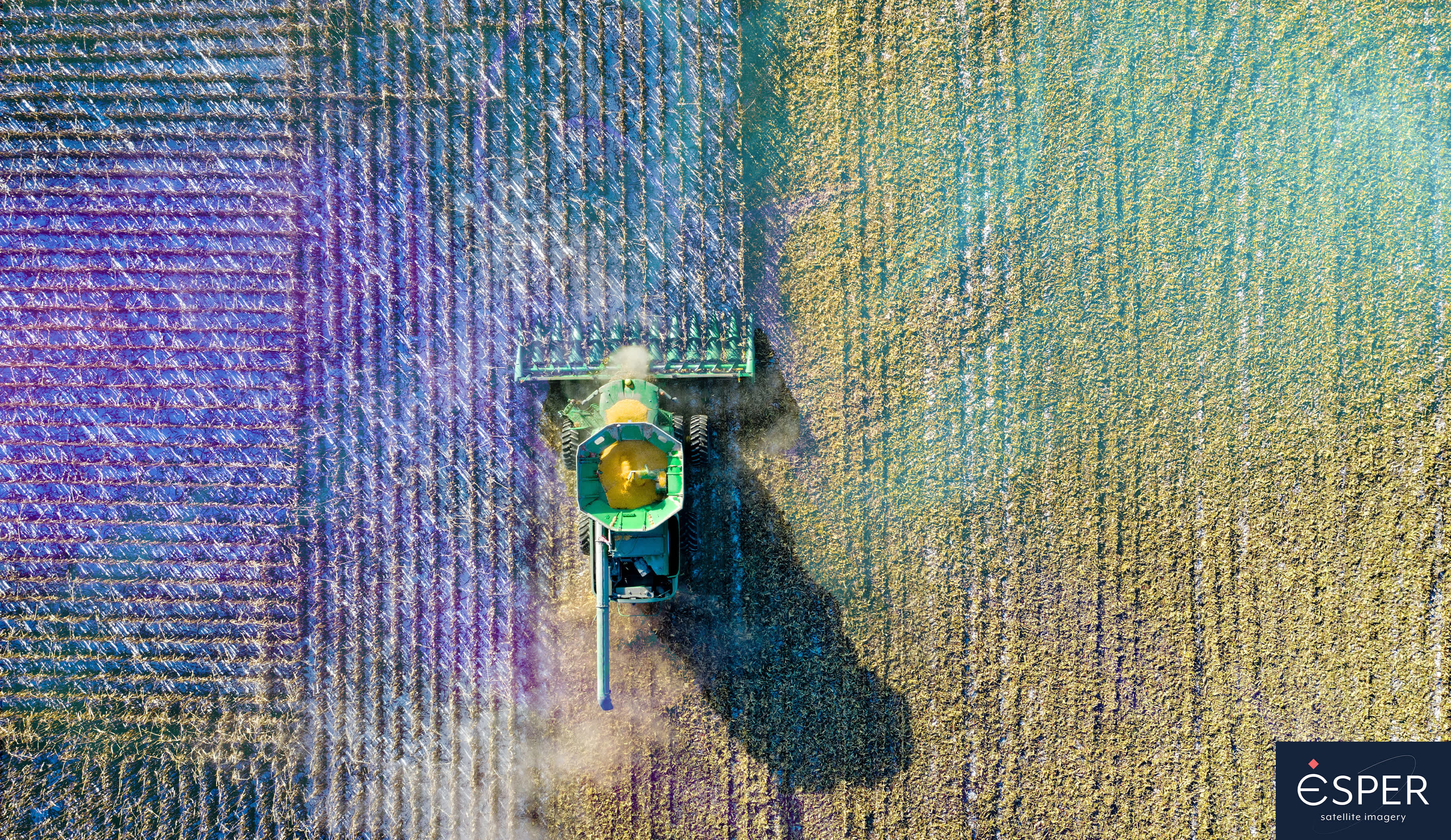
Revolutionizing Food Security: Harnessing Hyperspectral Imagery for Precision Agriculture
High domestic food price inflation still remains a significant global issue. Many countries are experiencing inflation rates higher than 5%, most of which are facing double-digit inflation. This prevailing situation poses challenges for many countries.
The Root Causes of Food Security
There is a growing concern about rising food insecurity worldwide. Recent data reveals increases across agricultural, cereal, and export prices. Maize, wheat, and rice prices are also on the rise.
The Global Report on Food Crises for 2023 highlights a significant increase in the number of people facing acute food insecurity compared to previous years. Conflicts, economic shocks, extreme weather events, and displacement due to conflicts are among the main drivers of this crisis. Sudan, in particular, is experiencing severe food insecurity, with a large portion of the population struggling to find one meal per day. Trade-related policies imposed by countries to increase domestic supply and reduce prices have also contributed to the global food crisis.
The recent AMIS Market Monitor accredits climate change as one of the drivers of food insecurity. The report predicts there will soon be a shift from La Niña to El Niño weather patterns. Shifting to El Niño will drive above-average rainfalls in some areas and drier-than-average conditions in others. It is estimated that it will affect more than 25% of global cropland. This shift may affect agricultural production globally.
Adapting Agriculture with Hyperspectral Imagery
With the looming concern of food insecurity, farmers and stakeholders are looking into new technologies and techniques to improve the efficiency of their production. A lot are turning towards precision agriculture, a farming management strategy which focuses on enhancing the sustainability of agricultural production through the observation, measurement, and response to variations in time and space.
One technology that is effective for precision farming is hyperspectral imagery. Hyperspectral imagery captures data over a broad spectrum of wavelengths, offering a more comprehensive perspective of the environment. This rich data enables the detection of subtle variations in vegetation, temperature, and other environmental indicators, which affects the health and growth of crops.
The application of hyperspectral imaging in agriculture will provide a wide range of benefits, addressing various concerns such as the unpredictability of extreme weather due to climate change.
Data gathered will aid in addressing issues such as weeds, disease, nutrient deficiency, and more. As these issues change the physiology of the crops, it affects as well its reflective properties which are captured through the hyperspectral sensors.
Other applications of the technology in farming are monitoring for early symptoms of diseases, water stress, and soil quality. This allows farmers to make intelligent decisions when deciding where to use pesticides, fertilisers, or even the use of irrigation on their plots of land.
Precision Agriculture with EarthTones
In response to the escalating problem of food insecurity, there is growing recognition for the adoption of smarter and more efficient methods in agriculture. Precision agriculture is emerging as a significant aspect of the modern agricultural revolution, as farmers and stakeholders realise the importance of actively monitoring and managing essential factors that directly impact agricultural productivity. This includes closely observing crop health, maintaining optimal levels of water and fertiliser, and promptly identifying and addressing potential field infections. The shift towards proactive management aims to optimise agricultural practices and mitigate challenges associated with food production.
To facilitate effective decision-making in land management, EarthTones offers a valuable solution. EarthTones provides access to real-time hyperspectral imagery data, which is crucial for addressing critical issues in agricultural operations. This advanced technology enables the detection of contaminants and heavy metals, facilitates the control and assessment of water sources, and aids in monitoring the overall health status of fields. By utilising hyperspectral imagery, EarthTones empowers farmers to make informed decisions based on accurate and up-to-date information.
By harnessing the capabilities of hyperspectral imagery and leveraging the data provided by EarthTones, farmers and stakeholders can enhance their understanding of the land, optimise resource allocation, and make informed decisions to drive sustainable agricultural practices.
No matter when you choose to enhance your real-time monitoring endeavours, partnering with Esper will always be beneficial. By registering here, you will gain exclusive early access to EarthTones, empowering you to proactively improve crop production and health.